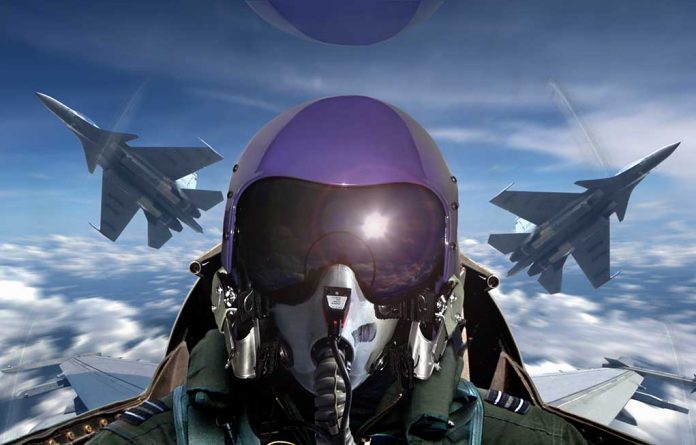
Operation Rough Rider, the U.S. military’s $200 million bombing campaign in Yemen, shows limited success against Houthi targets despite massive expenditure of resources.
Key Takeaways
- Operation Rough Rider has cost the Pentagon $200 million in munitions over just three weeks, with total costs projected to exceed $1 billion
- The Trump administration initiated the campaign to disrupt Houthi attacks on commercial shipping in the Red Sea
- Pentagon briefings to Congress reveal limited success in destroying Houthi underground arsenals despite public claims of effectiveness
- The operation has depleted valuable military assets, including multiple $30 million MQ-9 Reaper drones
- Military planners worry the extended campaign could divert resources from other strategic priorities, including deterrence against China
Mounting Costs of Operation Rough Rider
The U.S. military operation against Houthi militants in Yemen, dubbed “Operation Rough Rider” by Secretary of Defense Pete Hegseth, has accumulated costs of approximately $200 million in munitions alone during its first three weeks. According to Pentagon assessments, these expenses include precision-guided bombs, long-range missiles, and the deployment of significant military assets including two aircraft carriers, bombers, fighter jets, and advanced air defense systems. Military analysts project that the operation’s total costs could soon exceed $1 billion, prompting defense officials to consider requesting additional funding from Congress.
The bombing campaign began in mid-March after Houthi forces threatened attacks on shipping vessels in the Red Sea. President Trump has publicly claimed the strikes have significantly weakened the Iranian-backed militants, yet internal briefings paint a different picture. The operation represents a substantial escalation from previous strikes conducted under the Biden administration, both in intensity and scope, raising questions about the long-term sustainability of such operations.
Limited Success Against Underground Targets
Despite the Pentagon’s public assertions that the strikes have disrupted Houthi command structures and reduced their missile attack capabilities, confidential briefings to Congress reveal the campaign has achieved only limited success in its primary objective. Military officials acknowledge difficulties in targeting and destroying Houthi munitions stored in underground bunkers. This tactical challenge has persisted even as the bombing campaign has intensified beyond what has been publicly disclosed, with Houthi forces reportedly reinforcing their defenses in response to the American strikes.
Military planners estimate the operation could be significantly extended, raising serious concerns about resource allocation and strategic priorities. The apparent gap between public claims of successful strikes on Houthi leadership and infrastructure versus the private frustrations over the operation’s effectiveness highlights the challenges faced by U.S. forces in achieving their stated objectives despite the massive deployment of military assets.
Strategic Resource Concerns
The extended bombing campaign has raised significant concerns among defense officials regarding the depletion of critical military resources. The Houthis have successfully shot down several U.S. military drones, including three MQ-9 Reapers, each valued at approximately $30 million. As of December 2024, the U.S. had only 230 of these advanced surveillance drones in its stockpile, making each loss significant to overall intelligence and reconnaissance capabilities in multiple theaters of operation.
Pentagon planners have expressed growing concern about depleting U.S. munitions stockpiles, particularly precision-guided weapons that would be essential for other strategic priorities. Some military strategists worry that continued operations in Yemen could undermine America’s ability to respond effectively to more pressing security threats, especially regarding potential Chinese actions against Taiwan. The sustainability of military stockpiles has become a central question as the operation continues with no clear timeline for conclusion.
Financial and Strategic Questions
As Operation Rough Rider continues with mounting costs and limited tactical success, questions are emerging about the long-term objectives and financial sustainability of U.S. military involvement in Yemen. The Pentagon may soon approach Congress for additional funding specifically for this operation, highlighting the substantial resource commitment to this theater. While the stated goal remains disrupting Houthi attacks on commercial shipping, the extended timeline and growing expenses raise concerns about mission creep and resource allocation.
The significant investment in Operation Rough Rider occurs against a backdrop of competing global security priorities and limited defense resources. The Pentagon’s simultaneous need to maintain readiness for potential conflicts in other regions while sustaining an expensive bombing campaign in Yemen illustrates the complex strategic calculations facing military planners. As costs continue to mount and effectiveness remains questionable, the operation’s strategic value will likely face increasing scrutiny from military analysts and congressional oversight committees.









